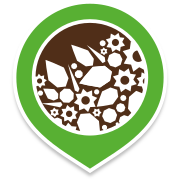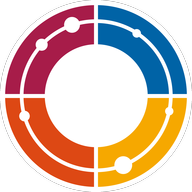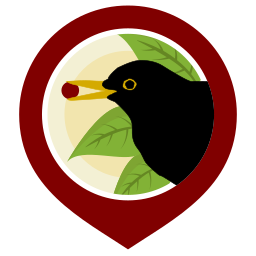Finished

Fjällkalendern
While visiting Abisko, it's possible to participate in the research project concerning climate change effects in the Arctic and in the Swedish mountains. Interested Citizen Scientists can enter their observations of the mountain slope Nuolja/Njullà in" fenologislinga" ("science path") and thereby contribute to this citizen observatory.
Anslagstavlan
The Citizen Science project Anslagstavlan ("Public boards") collects images from bulletin boards around the world. By taking pictures of messages and describing them, you contribute to the scientific research on communication of a collaborated Community Science project among the University of Gothenburg, the University of Stockholm and the European Researchers' Night. Also, you are sharing a piece of culture with peers around the world.

PoliticsRadar
In the Citizen Science Web-App of "PolitikRadar" pupils from various schools were able to share their views of participatory possibilities in various field of politics. A forum for communication between the research team and the participant was available for further exchange. The results are available at the website of the project here: https://www.politikradar.at/ (german only)
WEVO | Vienna Elections
For the Viennese Elections 2015, the project WEVO was running as a participatory tool with the integration of citizen feedback to politics. Citizens were able to post observations about the daily life in the city of Vienna, categorize and rate their sightings and automatically submit these observations to the various parties available for election.
Surveillance
This community project aims to show the surveillance apparatus we are constantly being watched by. With their entries, the users can collect data on surveillance technology in their surroundings and also raise awareness of the denseness of surveillance surrounding citizens in their day to day lives.

GEFABE
The Top Citizen Science project „Gemeinsam fahren wir besser“ (approx: We drive better together) of the Center for Human-Computer Interaction at the University of Salzburg aims to collect data on driver assistance systems in collaboration with Austrian drivers via the Community Science App GeFaBe. The goal is to highlight shortcomings and security holes but also good practice in driver assistance systems.

Fågelbär
With this Citizen Science app, it's possible to contribute to the Community Science project "Fägelbär "(English: Birdberry) by reporting observations of birds eating berries. Researchers from the Department of Ecology, Environmental and Botany at the University of Stockholm collect the data to better understand which birds feed on which berries, how they are involved in spreading plants, and to gain knowledge about landscaping and consequences of a warmer climate.
Nature's Calendar Styria (Austria)
Nature's Calendar Styria is another regional Nature's Calendar project which also aims to observe nature with the help of attentive Citizen Scientists. They support environment- and climate research with observations of when plants begin to blossom, trees produce fruit or start throwing off leaves or when animals are active. The collected data also goes into the data collection of the Austrian ZAMG (Central Institution for Meteorology and Geodynamics).
BrushTurkeys
BRUSHTURKEYS is a citizen science project aiming to gather sightings of, and behavioural information on, the Australian Brush-turkey, a native species spreading into suburban areas of Australia. This project is coordinated by The University of Sydney, in collaboration with the Royal Botanic Garden Sydney and Taronga Conservation Society.

Nature's Calendar Lower Austria
Nature seems to be on a rollercoaster ride these days. Sometimes there's spring in the middle of winter, then there are cold spells over and over again when it's almost summer. This is why nature- and climate researchers need more and more information about when plants begin to blossom, have fruits or start throwing off their leaves or when animals are active. Entries in the ‚Nature's Calendar' App support the Austrian ZAMG's data collection.

The connections between water and geological underground are diverse and often complex. Using the SIBRA App, citizens can generate reliable data on these topics and thus contribute to a better understanding of these connections. At the Geological Survey of Austria, the data is being combined with other methods of measurement and used, inter alia, in developing models and scenarios that allow for assessing possible effects of extreme weather events, such as heavy precipitation, rapid snowmelt, flooding or draught.
SIBRA



